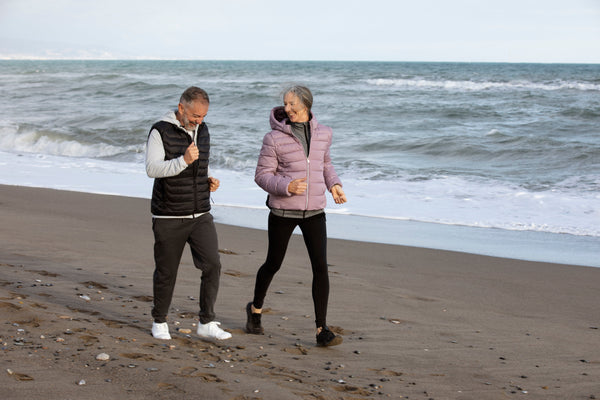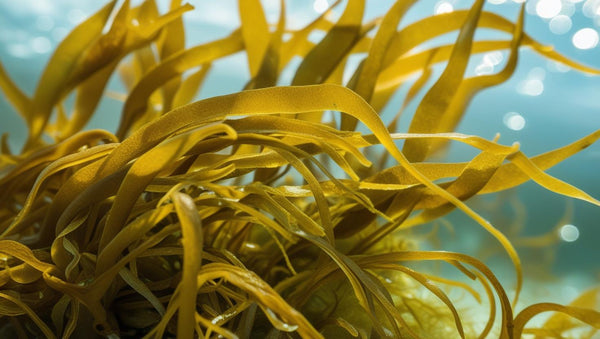4 Pain Relief Tips for Sore Muscles

“No pain, no gain” is how the saying goes. But you can still reap the benefits of a hard workout without suffering through the discomfort of stiff and tender muscles.
It’s true that sore muscles are often a good sign that you’ve given your body a hearty challenge. It means you’ve worked hard enough to break down your muscle fibers, which your body then will build back stronger.
Still, just because your soreness may be normal and healthy doesn’t mean you just have to grin and bear it. When you start a new workout routine or give a new sport a try this summer, keep in mind that there are things you can do to minimize the aches and pains that come your way.

Get the Gain Without the Pain
Here’s a look at four ways to relieve sore muscles so you can experience the gain without having to endure all the pain:
Hydrate – Drinking enough water before, during and after your workout is crucial for your body to repair itself efficiently and with relatively little soreness. Aside from good, ole water, sports drinks and other liquids with electrolytes are important after more taxing workouts because they replenish lost minerals such as sodium, potassium and magnesium. And guess what: Studies have found that moderate amounts of caffeine, like the equivalent of two cups of coffee, can help your body recover from a workout with less distress.
Consume Nutrient-Rich Foods and Supplements – Eating a nice mix of vitamins, minerals and proteins gives your body a boost when recovering from a workout. Prioritize carbs such as low-fat chocolate milk and whole grain breads to refuel your energy and proteins in eggs, fish, chicken and peanut butter to help repair and rebuild muscle. Research has shown that foods high in antioxidants such as fruit smoothies and anti-inflammatory foods such as nuts and seeds can provide pain relief, too. Some nutritional supplements also are chock full of antioxidants to alleviate muscle aches and pains, while others can give you an influx of vital nutrients including Vitamin B12, Vitamin C and Vitamin D.
Do a Recovery Workout – It may seem counterintuitive, but sometimes a good way to soothe sore muscles is to put them back to work. As another saying goes, “motion is lotion.” A recovery workout with low-intensity exercises such as walking, biking, stretching or swimming keeps your blood flowing and supports your muscles as they rebuild. You also might experience relief by foam rolling or massaging sore muscles to increase blood flow through parts of your body.
Undergo Heat/Cold Treatment – Both heat therapy and cold therapy, or cryotherapy, can relieve your pain after a grueling workout. An ice bath or a basic heating pad are some of the options, for example. A handy alternative is the CryoFreeze® line of CBD products that you can fit right in your gym bag. You can target precise areas of muscle and joint pain with a roll-on or use a sport recovery cream to restore larger areas. The premium therapeutic supplement reduces stiffness, promotes flexibility and quiets inflammation and is also available in spray, drop and pill forms.

The Difference Between Workout Pain and Soreness
However you choose to relieve your sore muscles after a workout, it’s important to distinguish between soreness and pain. While general muscle soreness is a healthy sign of good exercise, pain in some cases can be a concerning symptom.
For example, if your soreness is accompanied by swelling and bruising, the pain might point to an injury rather than your body’s normal recovery process. Likewise, if you experience sudden pain during a workout or pain that doesn’t go away within a few days, that could be a sign of a specific trauma.
Normal soreness should dissipate shortly after a workout. Or, in cases where you’ve used certain muscles more than usual, you may experience delayed onset muscle soreness, or DOMS, which generally appears 12 to 24 hours after your workout and can last for two or three days before subsiding.
Instead of “no pain, no gain,” a more accurate saying might be “no soreness, no gain.” Either way, you don’t have to be uncomfortable to experience the benefits of a good workout when you take steps to relieve your sore muscles.
←Back to Main Blog





